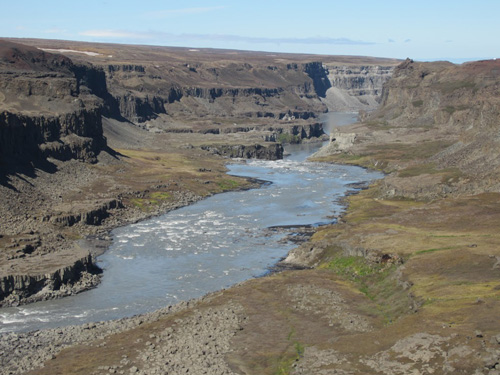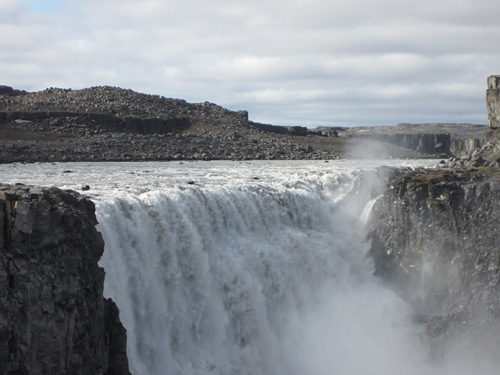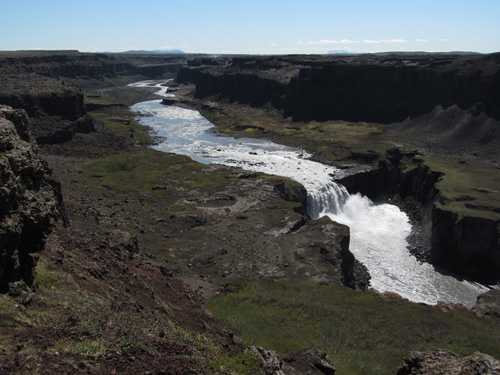RESEARCH from the University of Edinburgh has found that one of the most powerful waterfalls in Europe was created in a matter of days.
According to scientists at the University of Edinburgh the Dettifoss waterfall in Iceland was formed in just a few days by extreme flooding.
The waterfall is located in the Jökulsárgljúfur canyon in Iceland, which is 28 km long and 100 metres deep in places.

Scientists analysed rocks along a 5km stretch of the canyon – which contains the Jökulsá á Fjöllum river and the mighty Dettifoss waterfall – to create a timeline of how the landscape was created.
Researchers connected major shifts in the landscape to a series of extreme floods, which took place 9,000, 5,000 and 2,000 years ago.

The floods were triggered by eruptions from volcanoes beneath Vatnajökull, the largest ice cap in Iceland. One of these volcanoes, Bárdarbunga, has been active since August 2014.
The floods formed the canyon’s 100-metre walls and pushed three waterfalls, including Dettifoss, back upstream by as much as 2km during each flood.
Edinburgh University scientists who carried out the study, say the findings demonstrate the long-term impact that extreme flood events can have on landscapes.

Edwin Baynes, of the University of Edinburgh’s School of GeoSciences, who led the study, said: “We think of natural environments as being formed over thousands of years, but sometimes they are shaped very suddenly.
“This insight into one of Iceland’s magnificent landscapes helps us better understand these processes, and illustrates their legacy.”
The study, published in Proceedings of the National Academy of Sciences, was supported by the Natural Environment Research Council and the Carnegie Trust for the Universities Of Scotland.
